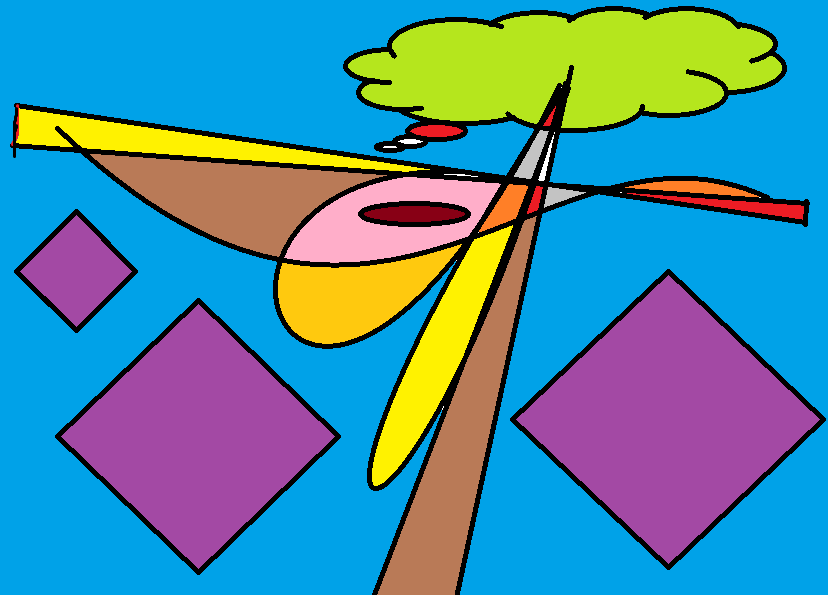Holy Week Proceeds with Tales of Trees
Text and image by Rick McVicar
Today is a holy day for Christians, who call this day “Maundy Thursday,” which I refer to as Misunderstood Day.
The day is set apart as a day of observance for when Jesus eats the Last Supper with his disciples before retreating to the Garden of Gethsemane to pray. He is then arrested in the garden by Jewish authorities with the help of Judas, one of Jesus’ disciples (Mark 14:19-52, NIV).
The story is ripe with misunderstandings, such as Judas betraying Jesus and disciples falling asleep in the garden. None of them understand Jesus’ purpose or mission.
Neither do we, thanks to a human-centric message passed down through centuries. From the beginning, Jesus’ death and resurrection have been understood as bringing human salvation, apart from nature. In turn, Christianity’s understanding of salvation has often given justification for humans taking control over nature.
Does no one notice that Jesus goes to a garden to pray when he knows the end is near? He finds a place to commune with nature as well as with God.
According to Britannica.com, the garden would have been located on the Mount of Olives, suggesting that the garden was a grove of olive trees. Interestingly, trees play a big part of Holy Week, a week that begins with the triumphant arrival of Jesus in Jerusalem, ending with his death and resurrection.
For instance, crowds throw tree branches on the road in front of Jesus as he rides a colt into Jerusalem (Mark 11:8). The Gospel of John specifies that the branches are from palm trees (12:13).
Jesus’ entry into Jerusalem is celebrated in churches on Palm Sunday with the waving of palm leaves. This past Sunday, I began wondering why I was waving a palm leaf in central Ohio, where palm trees do not grow naturally. I question what the environmental impact might be for Christian worshipers in Ohio waving palm branches.
Olive and palm are not the only types of trees associated with Holy Week. Immediately after arriving in Jerusalem, in the Gospel of Mark, Jesus gets hungry. He finds a fig tree, but is disappointed because it bears no fruit. Jesus, in turn, puts a curse on the tree (11:14).
Of course, a piece of wood takes center stage when Jesus is nailed to a cross (Mark 15:21-24). However, nature’s involvement is not done with the crucifixion. According to the Gospel of Matthew, an earthquake breaks open Jesus’ tomb (28:2).
With all the nature references in the Gospel stories of Holy Week, God must intend for nature to be linked with human salvation.
As you contemplate the role of nature in your spiritual journey, may you have plenty of artful health today.
"Praying on a Cross" Click on image to go to trance music video on YouTube.

